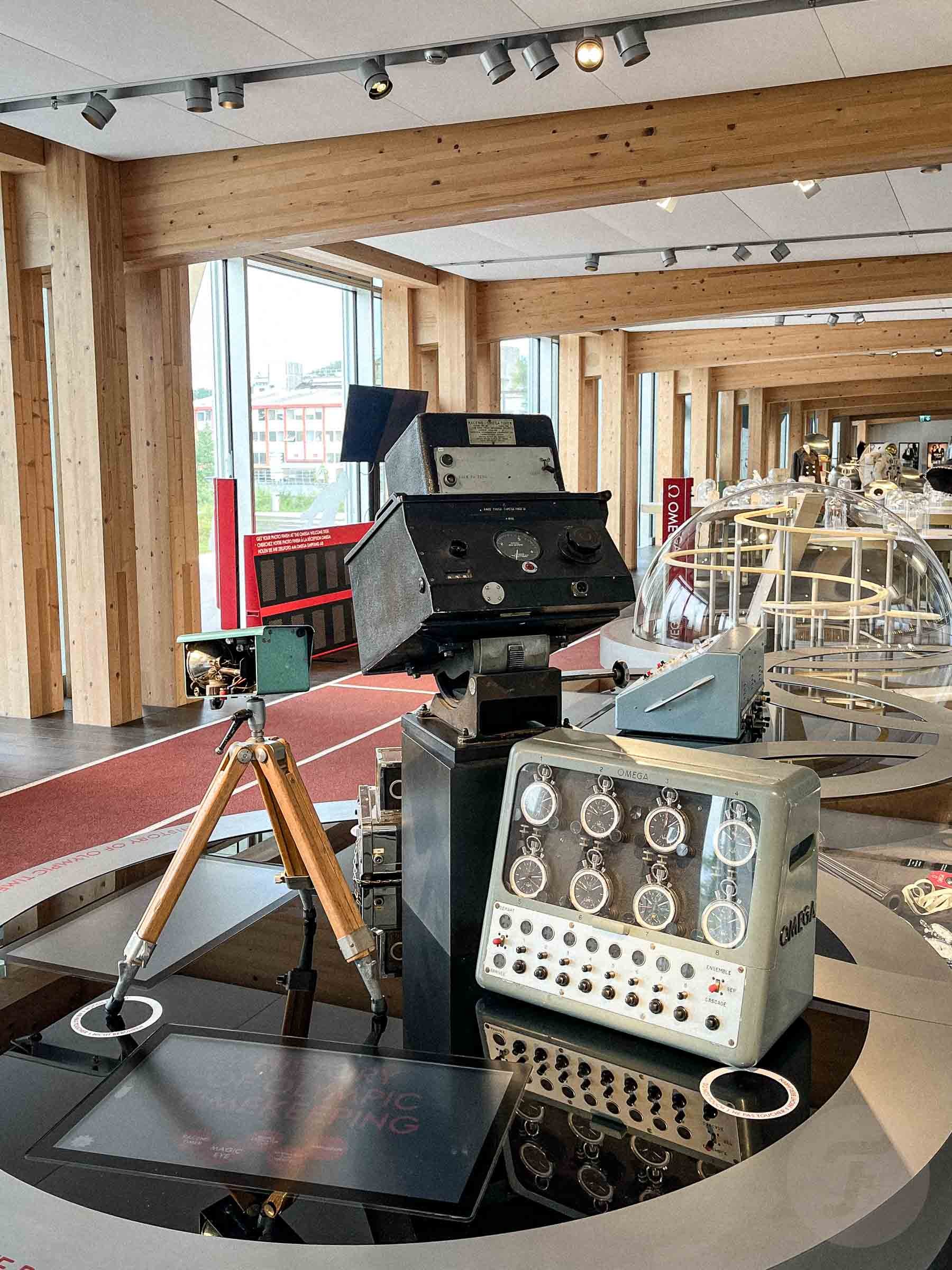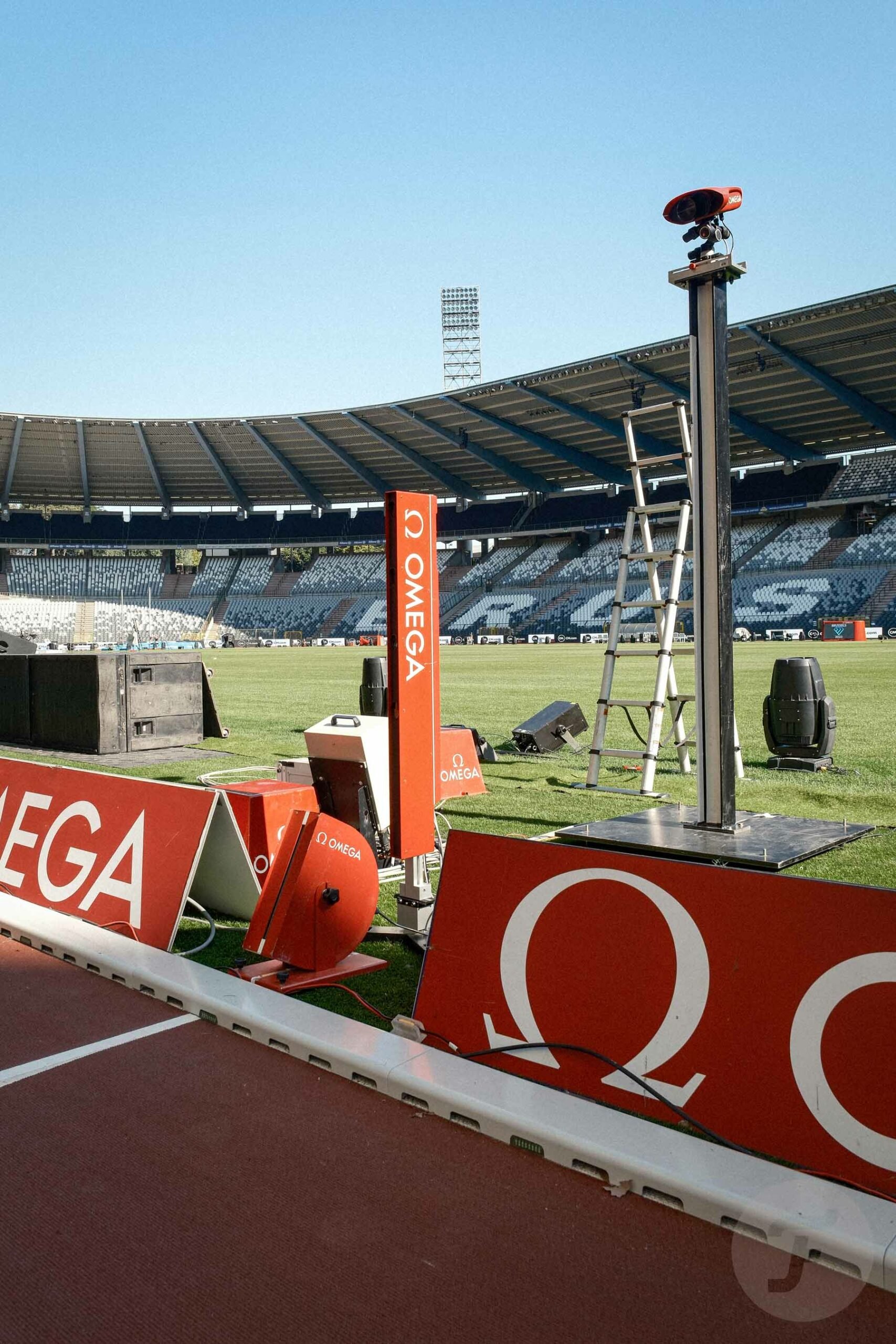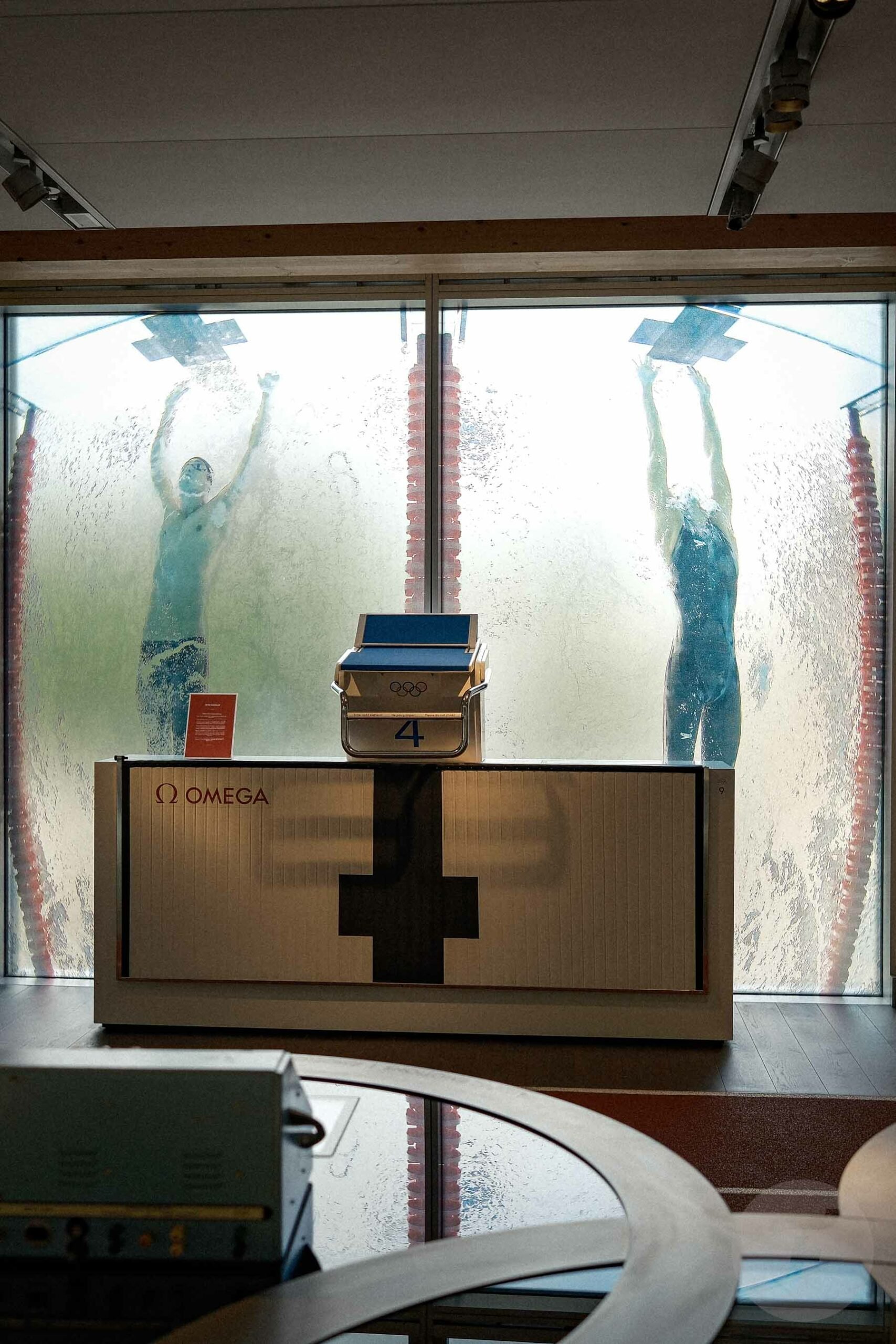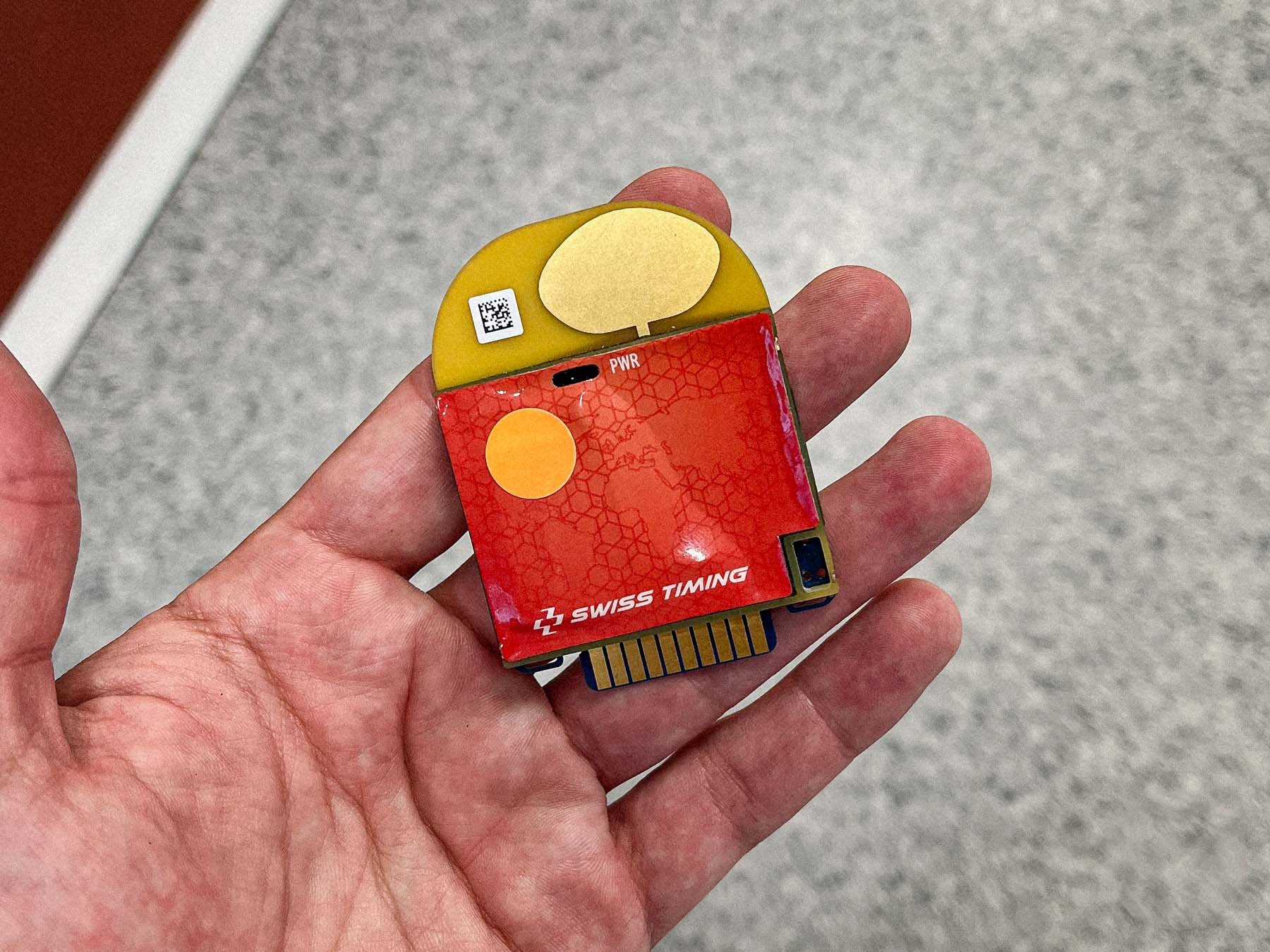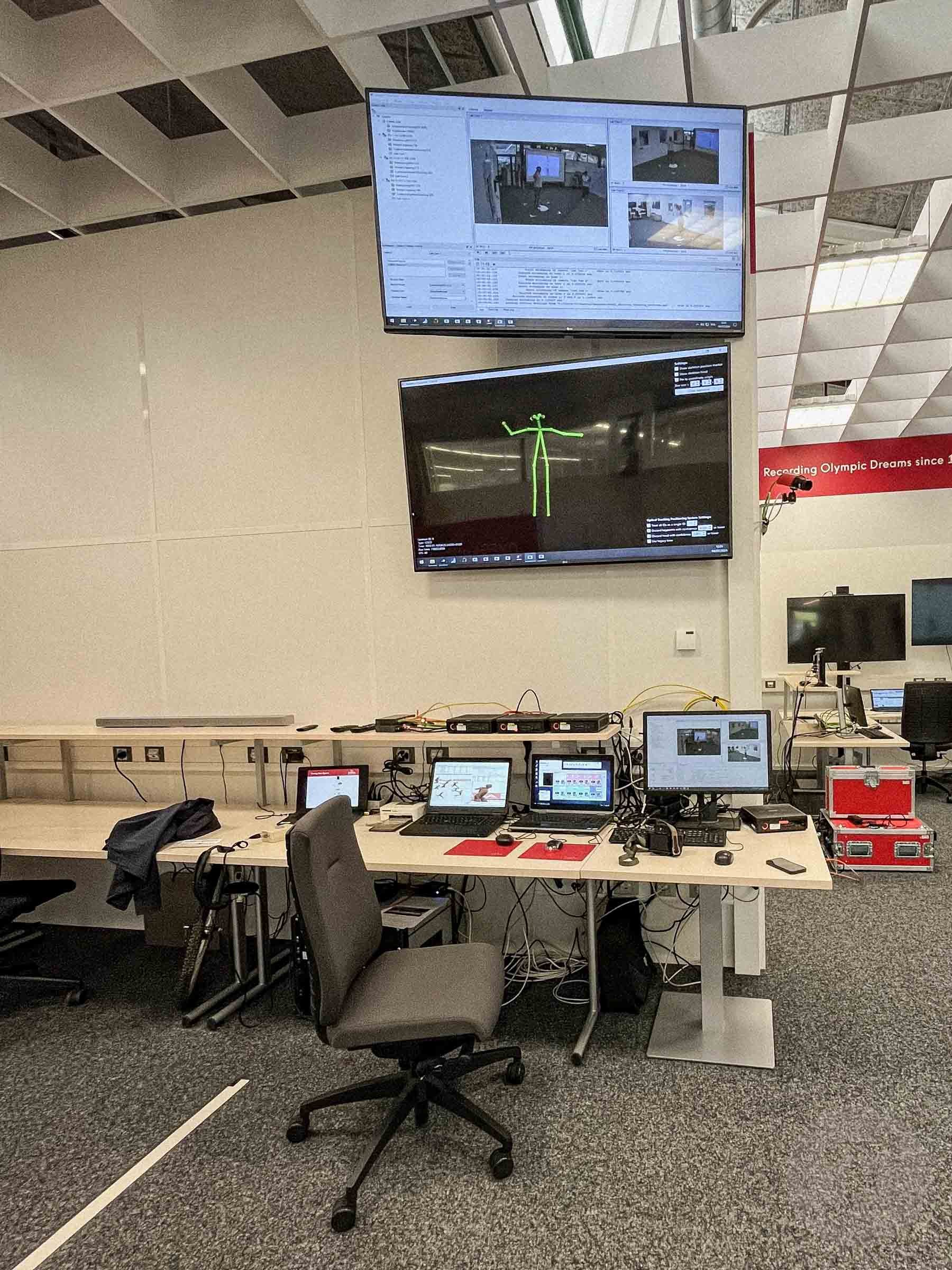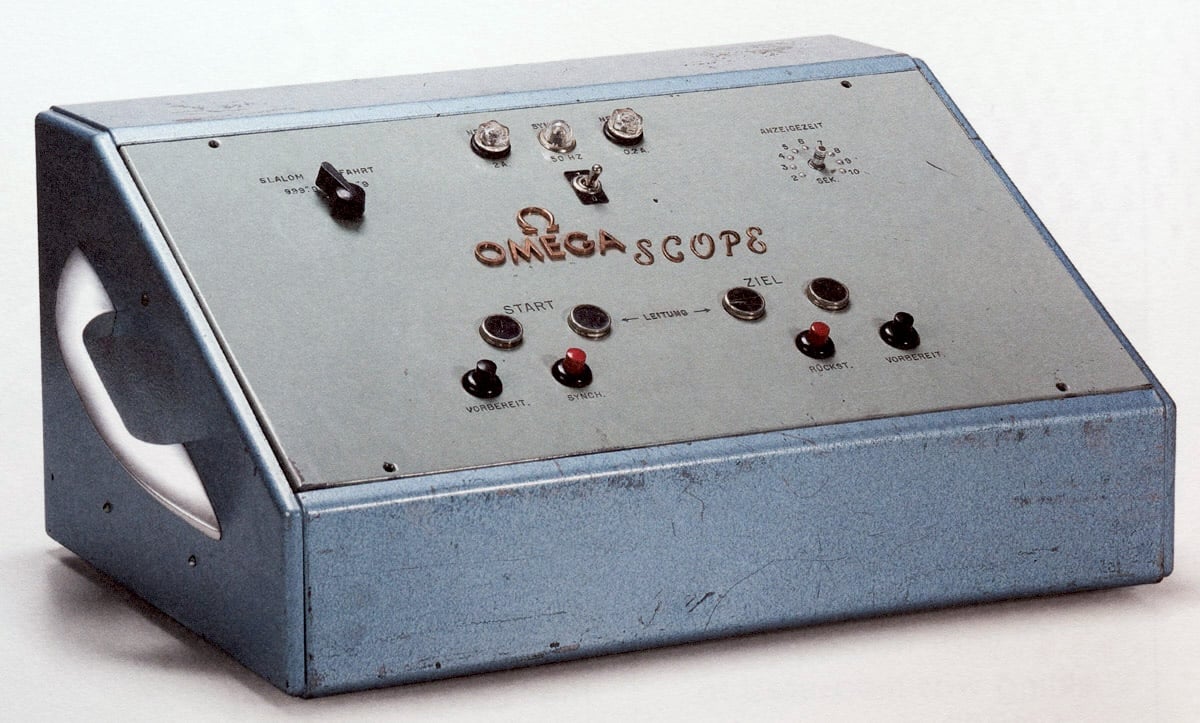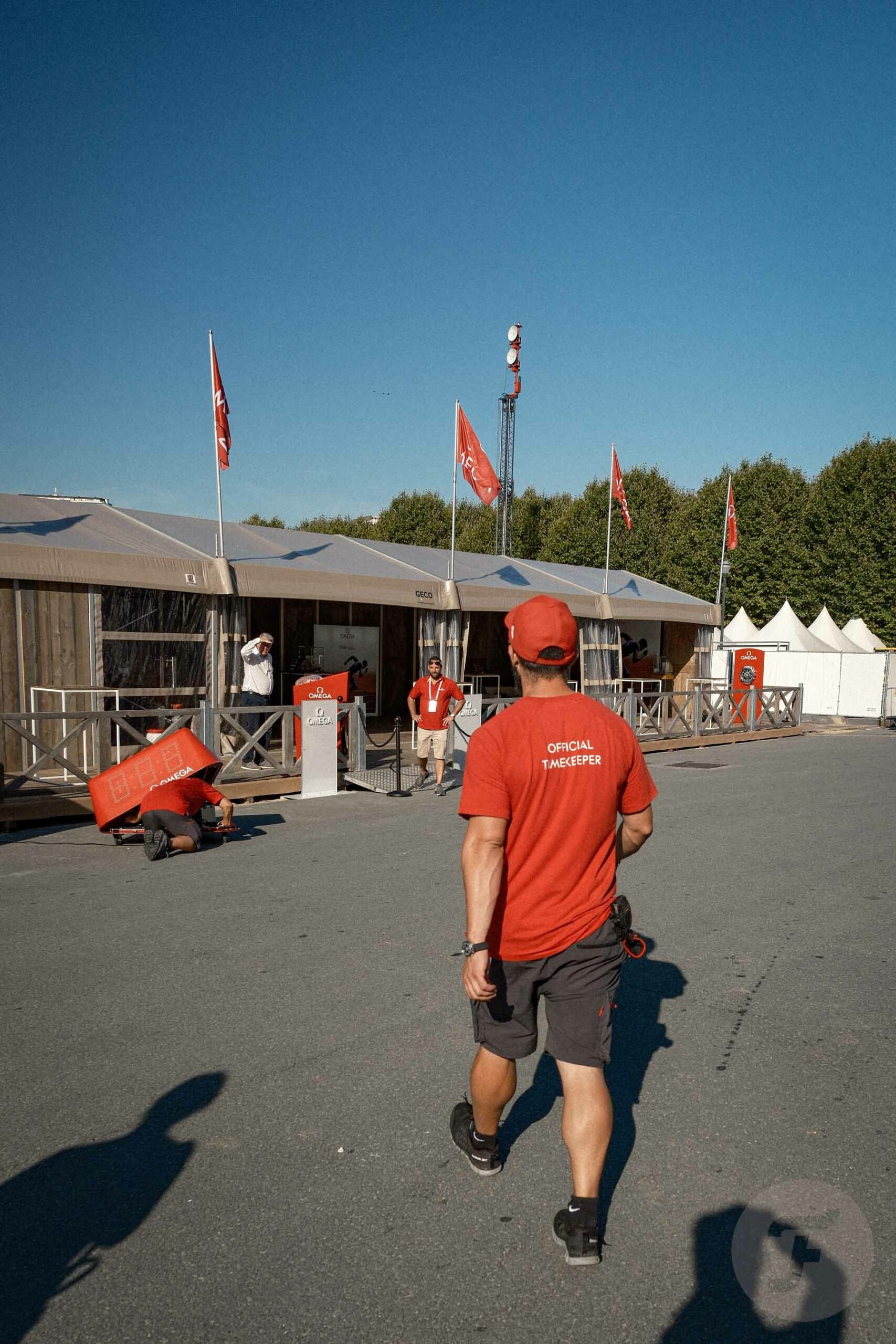You Can’t Imagine All The Technology Omega Uses As The Official Timekeeper Of The 2024 Paris Olympics
Le Tour de France, Wimbledon, Copa América, and UEFA Euro 2024 are all happening right now. If that’s not enough, from July 26th to August 11th, the Summer Olympics will take place in Paris. It’s a very intense summer for sports (or winter if you’re watching from the Southern Hemisphere). At some of these events, like Le Tour and the Olympics, you’ll see prevalent branding from Tissot and Omega, respectively. That’s not only because they’re event sponsors but also because they’re vital partners in charge of timekeeping.
In reality, Swiss Timing is behind the timekeeping for both events. It’s part of the Swatch Group and thus works in partnership with Longines, Tissot, Omega, and the group’s other brands. Swiss Timing first officially became a company in 1972. However, its origins go to 1932 when Omega provided 30 split-second chronographs for timekeeping at the Los Angeles Olympic Games. We received an invitation to Corgémont, Swiss Timing’s home base, to look at the technology needed to fulfill the role of the official timekeeper of the 2024 Paris Olympics.
Eliminating human error
The 1932 Los Angeles Olympic Games marked the first time a private company handled timekeeping across all the events. Before, different parties would use timing devices from various manufacturers. Consequently, timekeeping wasn’t very consistent. Since Omega took over, its objective has been eliminating inconsistencies and human error. In the beginning, officials would simply take the average of three times recorded by official timekeepers. But even then, it was sometimes hard to tell who won races as some athletes would end up with the same average time.
At the Olympics, the winner is the one to cross the finish line first. That’s why the photo-finish camera’s introduction in 1948 was so important. It was used in combination with Omega’s cellular photoelectric “eye,” which automatically stopped the timing as soon as someone crossed the finish line. That way, there was visual proof of who the winner was, and there could be no debate about the timing. Nowadays, the photo-finish camera can record up to 40,000 images per second. That’s very accurate indeed. However, officials still need to check every picture as it’s the runner’s torso that counts. This is still a manual process, which is why we sometimes have to wait to get the final results and corrected times.
Pressure sensors
Another important technology Omega uses in its timekeeping is pressure sensing. In 1960, there was a discussion between judges about which swimmer finished first during the 100m freestyle in Rome. That’s why the FINA asked Omega to provide a fully automatic system to determine the medal winners and their times. Eight years later, at the Mexico City Games, the swimming pool featured groundbreaking touchpads so swimmers could stop their times by themselves. Thanks to this, it would immediately be clear who finished first, second, and third. This year, we’ll also see touchpads used in the relatively new sport-climbing “speed” discipline.
Another example of this pressure-sensing technology at work is Omega’s false-start detection system. It debuted at the 1984 Olympics, once again in Los Angeles. All starting blocks on the running track include this technology. Nowadays, the sensors measure athletes’ force against the footrests 4,000 times per second. This allows the system to determine how much pressure the athletes initially apply and automatically detect any false starts. There’s no way an athlete can trick the system. A loudspeaker at each starting block ensures every athlete hears the electronic starting pistol’s sound at the same time as well.
Real-time tracking system
Of course, it’s great to get so much data about the start and end of a race. But wouldn’t it be great to see precisely how an athlete performs during the whole thing? Well, that’s exactly what Omega and Swiss Timing allow with the high-tech chip that sprinters, hurdlers, and runners wear inside their bib numbers. It weighs only 16 grams and sends signals to receivers within the stadium. This makes it much more accurate than, for example, GPS. The generated data can become a reference to improve individual performance or compare different athletes’ races.
Another technology generating lots of new data is Omega’s image-tracking camera system. For example, it can record the speed of the ball and players in beach volleyball. But it can also measure the number of jumps, their height, and the types of shots players use. I can imagine this is a wealth of information players and coaches can utilize to improve their training and game strategies. But players and coaches aren’t the only ones benefitting from all this data, of course.
Informing all spectators
Sharing more data with spectators, commentators, and journalists helps them be more involved. In 1961, Omega introduced its Omegascope, which superimposed live times on viewers’ TV screens for the first time. Nowadays, people inside the stadium and at home have access to much more information. Three-dimensional animations show who’s in which lane, how much slower or faster an athlete is compared to a specific record, and who came in third, second, and first place. It’s astounding how quickly all this technology spread. I can’t imagine watching a sports event nowadays without all this information and the additional animations.
A big operation
The Swiss Timing facility is located in Corgémont, between Omega’s headquarters in Biel/Bienne and watchmaking epicenter La Chaux-de-Fonds. The biggest building there is for storing all the equipment. That’s not strange when you consider everything necessary for this year’s Olympic Games in Paris. This includes 200 kilometers of cables and optical fibers, 200 sport-specific scoreboards, 85 public scoreboards, and a total of 350 tonnes of equipment to be operated by 900 trained volunteers and 550 official timekeepers. When you watch an event like the Olympics, you take all these timekeeping efforts for granted. The information just appears on your screen or all around you at the venue.
The visit to Swiss Timing showed me how big of an operation it is to put all this together. Incredible experience, technology, and effort combine to ensure athletes and coaches get the most reliable data and spectators can follow what’s happening from anywhere. I hope you enjoyed this look behind the scenes at Swiss Timing and that you can better appreciate all the technology behind this summer’s sports events.
Let me know in the comments below which sports event you’re looking forward to the most this year!

